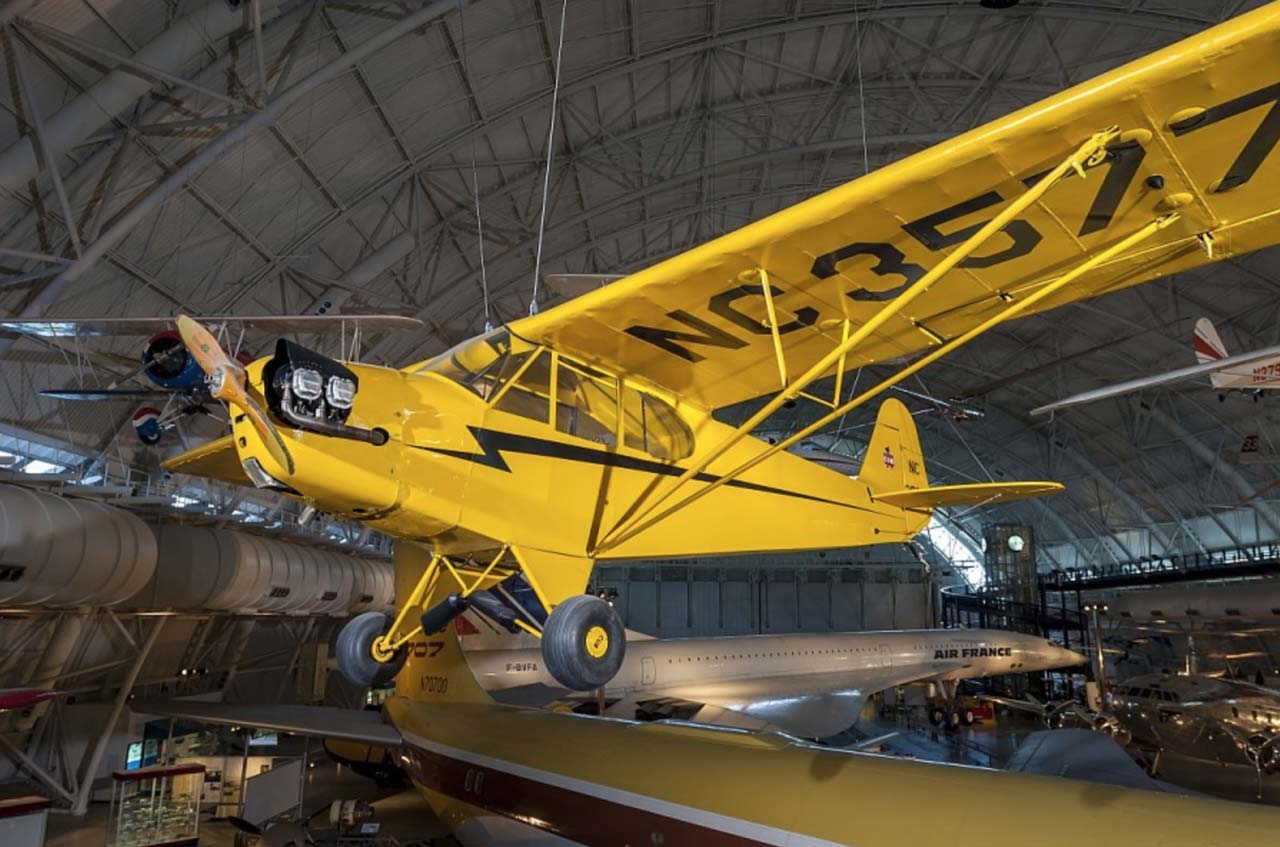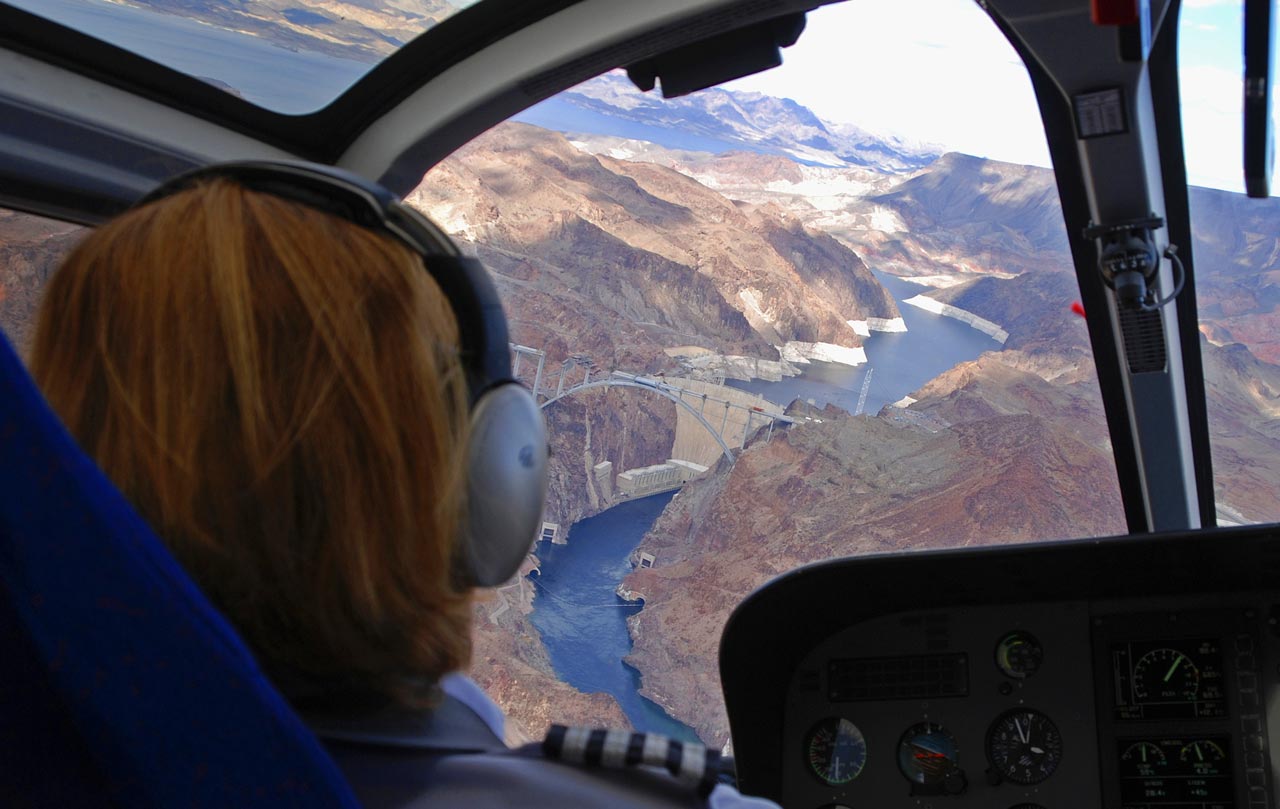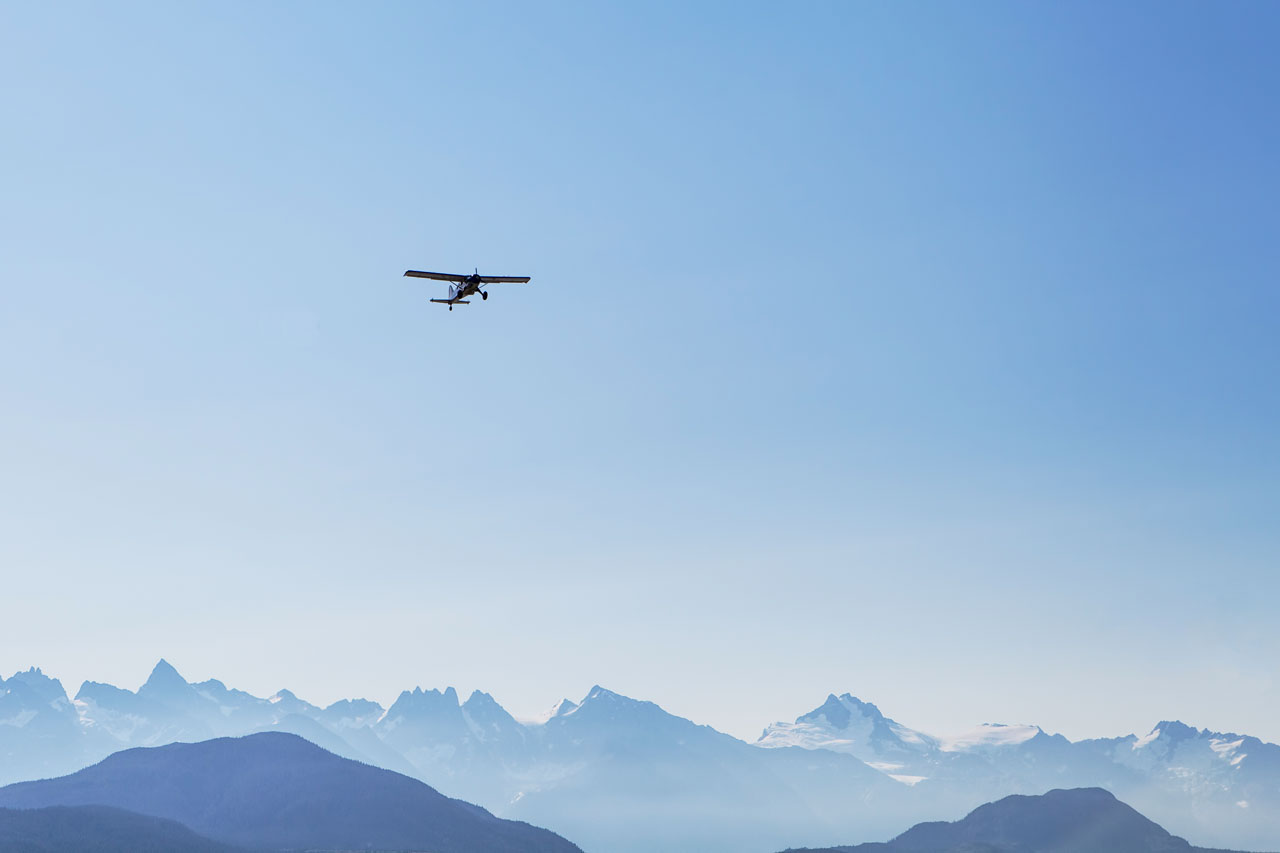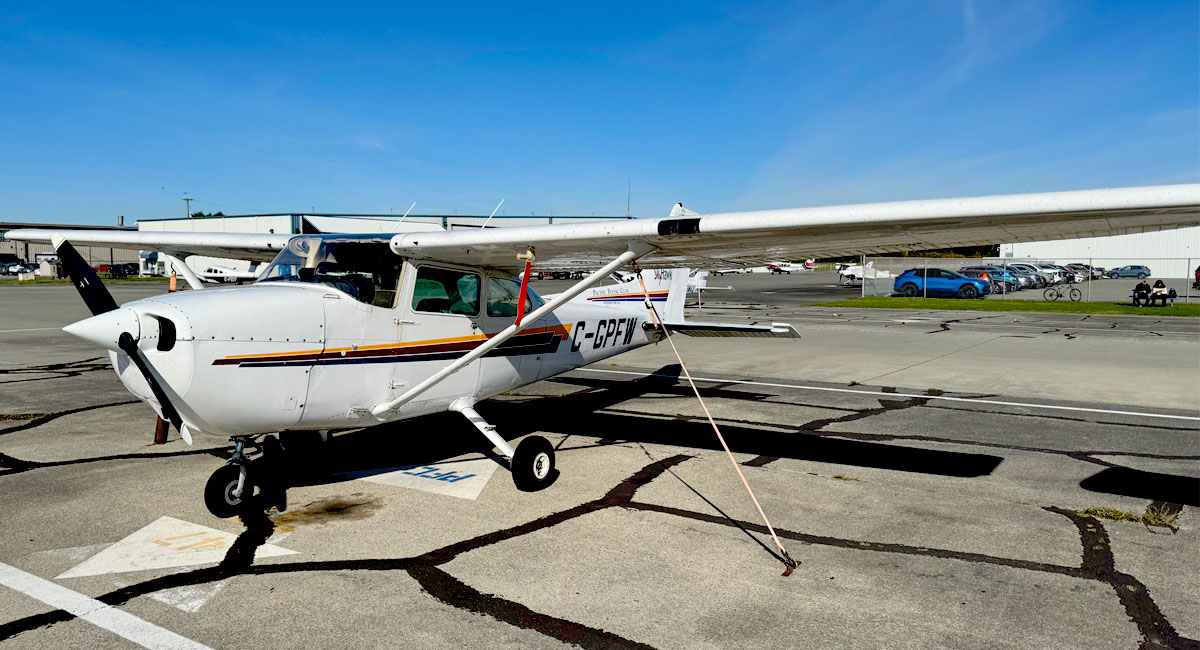
The Evolution of General Aviation Aircraft: What’s Changed Over the Years?
Piper J-3 Cub: distinctive yellow, high-wing light monoplane with tailwheel; trainer and sport aviation; Continental A-65, 65 hp engine. Photo courtesy of National Air and

Photo of Clayoquot Sound by Jordan Giesbrecht courtesy of Tourism Tofino.
Scenic Flights in North America offer more than just impressive views — they offer perspective.
From the cockpit, the landscape changes. Rivers become threads. Mountains form patterns. Forests stretch in every direction. No road trip or hike compares.
For pilots, these flights aren’t just sightseeing tours. They build skill, sharpen awareness, and leave lasting memories. Each one demands planning, precision, and respect for the terrain.
Here are five of the most scenic flights in North America, ideal for any pilot ready to go beyond the familiar.
Tucked along the northeastern coast, Bar Harbour offers one of the most peaceful takeoffs in general aviation. Set on Mount Desert Island, the airport is surrounded by the forested hills and rocky shoreline of Acadia National Park.
Flying inland toward Bangor reveals a softer side of Maine. Rolling hills, winding rivers, and hidden lakes fill the landscape. In the fall, the view turns into a sea of red, orange, and gold. It’s a short route, but the changing scenery makes every minute memorable.
New England may not have the dramatic terrain of the Rockies, but the quiet beauty of this flight is just as rewarding. Every turn reveals another stretch of wild coastline or forested valley.
Departing Vancouver means leaving behind urban airspace and crossing open water with the Coast Mountains towering nearby. As you cross the Strait of Georgia, the small Gulf Islands pass under the wing. The terrain rises quickly after crossing the east coast of Vancouver Island.
Forests thicken. Ridges climb. Lakes flash between trees. The west coast approaches with cliffs, long beaches, and the open Pacific drawing closer with every nautical mile.
Landing in Tofino feels like landing on the edge of the continent. With just under an hour of flight time, this route takes you from city to wilderness in one leg. For student pilots in southern BC, it’s an ideal mix of structure, scenery, and challenge.
High-altitude airports, narrow valleys, and shifting mountain winds make this route a rite of passage for any mountain pilot. Telluride and Aspen both sit above 7,000 feet, surrounded by the sharp peaks of the Rockies.
Flying between the two airports offers continuous alpine views. Deep canyons carve through the rock. Basins open up to reveal untouched wilderness. The terrain demands your full attention — especially with density altitude and afternoon convection in play.
Despite the challenges, the reward is unmatched. The Rockies feel immediate. Peaks are close. Shadows stretch long over snow and stone. Colorado’s rugged interior becomes a moving panorama from takeoff to touchdown.
Lake Tahoe greets pilots with crystal blue water, ringed by alpine ridges and forest. Departing from the lake, the route southward crosses the Sierra Nevada—one of the most scenic mountain ranges in the western United States.
Yosemite Valley begins to appear on the horizon as the terrain drops and massive granite formations rise. Views of Half Dome, El Capitan, and the Merced River reveal a landscape carved by ice and time.
Restricted airspace limits low-level flight, but legal VFR corridors still offer spectacular visibility. Early morning departures often give the best light, with golden tones softening the stone and highlighting the depth of the valley below.

Flying above the Grand Canyon offers one of the most awe-inspiring views in North America. From the air, the sheer scale of the Canyon becomes overwhelming. Layered rock formations, massive cliffs, and the winding Colorado River stretch endlessly in every direction.
General aviation pilots can’t fly low through the Canyon itself, but designated air corridors allow legal crossings at altitude. Even from 9,000 feet, the terrain’s depth and complexity are stunning.
Many scenic flights into this area begin or end near Boulder City, Nevada, which creates a perfect opportunity to fly over Hoover Dam. The dam stands like a monument where the Colorado River widens into Lake Mead. From the sky, you get a full view of the curved concrete wall, the turquoise reservoir, and the narrow Black Canyon below.
Combining a Canyon overflight with a pass above Hoover Dam adds both variety and scale to the experience. It’s not just about geography—it’s about witnessing the contrast between natural power and human engineering.
No matter how many hours you’ve logged, this flight makes you pause. It’s one of those rare routes that stays with you.
Flying scenic routes isn’t just about the visuals. It demands precision, planning, and adaptability.
You learn to watch terrain closely, assess weather patterns in unfamiliar regions, and manage fuel and alternates more carefully than usual. Communication shifts as you leave busy controlled airspace and enter sparsely trafficked areas where you’re the only voice on frequency.
Each flight builds something lasting — confidence, awareness, and a deeper respect for the limits of your aircraft and your own decision-making.
At Pacific Flying Club, training goes beyond the checkride. It prepares you for real-world flight experiences — scenic, complex, and unforgettable. Whether you’re aiming to build hours or explore new territory, our instructors help you build the skills and confidence to fly anywhere.

Piper J-3 Cub: distinctive yellow, high-wing light monoplane with tailwheel; trainer and sport aviation; Continental A-65, 65 hp engine. Photo courtesy of National Air and

You lift off from a small airport, climb above the trees, and head toward the mountains. Below, rivers wind through thick forests, and narrow gravel


Historical Background Boundary Bay Airport was constructed in 1941 as part of the British Commonwealth Air Training Plan, one of the largest aviation training programs

Who Are Canadian Snowbirds? Officially known as the Canadian Forces Snowbirds (431 Air Demonstration Squadron), they’re more than just an air show attraction. The Snowbirds

At Pacific Flying Club, our simulator program is fully integrated, from Private Pilot (PPL) instrument training all the way through to complex Multi-Engine (ME) and